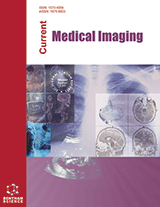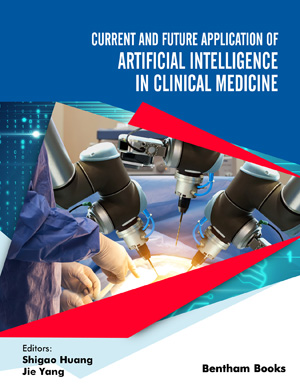
Abstract
Objective: Salivary gland injury is the main complication of radiotherapy for nasopharyngeal carcinoma (NPC) patients. The purpose of this study was to evaluate the value of diffusion-weighted magnetic resonance imaging (DW-MRI) as a reliable tool to assess salivary gland function in NPC patients after radiotherapy.
Materials and Methods: This study analysed the MR images of 31 NPC patients at different time points within 2-3 years after radiotherapy. The changes in the apparent diffusion coefficient (ADC) and its relationship with radiation dose were analysed.
Results: Both the parotid and submandibular gland ADC values increased significantly 3-6 months after radiotherapy and then decreased gradually. The ADC value of the parotid gland was positively correlated with radiation dose at the late stage (P = 0.012, r = 0.359). The submandibular gland ADC change value (P = 0.035) and change ratio (P = 0.027) of the high radiation dose group were significantly lower than those of the low dose group at the late stage.
Conclusion: The correlation between ADC values of parotid and submandibular glands and the radiation dose indicated that DW-MRI could be helpful in evaluating salivary gland injury after radiotherapy.
Keywords: Diffusion-weighted MRI, Salivary gland injury, Radiotherapy, Nasopharyngeal carcinoma, ADC, NPC.
[http://dx.doi.org/10.1007/s00520-010-0827-8] [PMID: 20237805]
[http://dx.doi.org/10.21873/anticanres.15743] [PMID: 35489760]
[http://dx.doi.org/10.1016/j.oraloncology.2016.12.031] [PMID: 28249650]
[http://dx.doi.org/10.1002/14651858.CD012744] [PMID: 28759701]
[http://dx.doi.org/10.1016/j.ctrv.2017.07.003] [PMID: 28759822]
[http://dx.doi.org/10.1016/j.ijrobp.2010.06.052] [PMID: 20970030]
[http://dx.doi.org/10.1093/jncimonographs/lgz016] [PMID: 31425600]
[http://dx.doi.org/10.1007/s10067-022-06269-x] [PMID: 35771363]
[http://dx.doi.org/10.1111/j.1600-0714.1992.tb00982.x] [PMID: 1313502]
[http://dx.doi.org/10.1016/j.oraloncology.2009.11.018] [PMID: 20227906]
[http://dx.doi.org/10.1007/s10067-011-1789-z] [PMID: 21670951]
[http://dx.doi.org/10.3348/kjr.2018.19.4.758] [PMID: 29962882]
[http://dx.doi.org/10.1186/s12903-019-0951-x] [PMID: 31864328]
[http://dx.doi.org/10.1016/j.radonc.2016.07.008] [PMID: 27475276]
[http://dx.doi.org/10.1016/j.ijrobp.2007.12.011] [PMID: 18355977]
[http://dx.doi.org/10.3389/fonc.2021.651537] [PMID: 33928037]
[http://dx.doi.org/10.1054/bjoc.2001.2038] [PMID: 11592779]
[http://dx.doi.org/10.18632/oncotarget.19602] [PMID: 29050274]
[http://dx.doi.org/10.1016/j.ijrobp.2004.12.035] [PMID: 15990013]
[http://dx.doi.org/10.1148/radiol.2352040127] [PMID: 15858103]
[http://dx.doi.org/10.1148/radiol.2213010131] [PMID: 11719687]
[http://dx.doi.org/10.1016/j.ijrobp.2005.04.023] [PMID: 15964708]
[http://dx.doi.org/10.1016/S0360-3016(99)00247-3] [PMID: 10524409]
[http://dx.doi.org/10.1007/s00520-010-0837-6] [PMID: 20333412]
[http://dx.doi.org/10.1002/jmri.24626] [PMID: 24700435]












